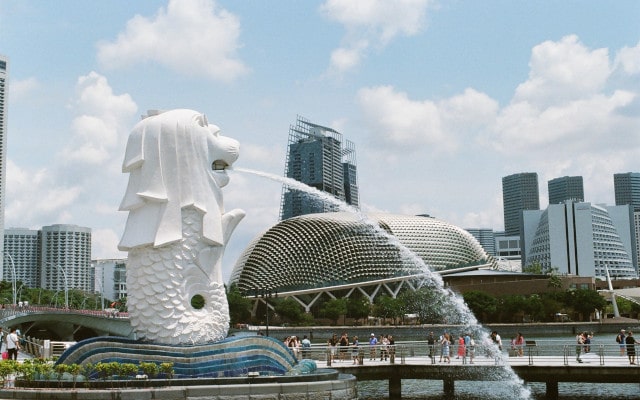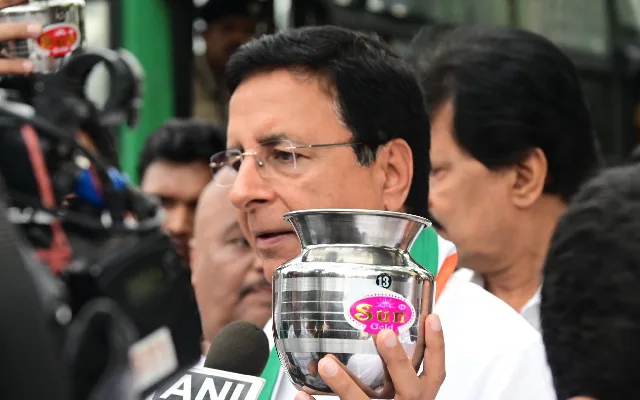It’s no secret that Singapore is one of the most developed countries in the world. Travelers who are fans of urban tourism will be amazed at this city-state’s attractions, from the futuristic Gardens by the Bay to the innovative ArtScience Museum.
However, it doesn’t stop there, as Singapore is also famous for its traditional multiculturalism! How can we explore this multicultural side of this country?
Singapore’s tapestry is a unique blend of Chinese, Indian and Malay cultures, many of which have lent themselves to the city-state’s architecture, food, arts, and atmosphere.
Travelers who are planning to visit Singapore should definitely spend a day or two exploring each of the cultural neighborhoods — just don’t forget your Singapore arrival card!
Little India: A Burst of Vibrant Colors
The Little India neighborhood is, without a doubt, one of the most colorful areas of Singapore.
Travelers can find various Indian temples and shrines, original shops and kiosks, and delicious South Asian cuisine. While there are plenty of fantastic Indian restaurants, there are also dozens of foodie destinations, from a 60-year-old Dim Sum shop to a Mexican taco truck — just a few blocks from one another!
To truly get into the spirit, travelers should be sure to visit this neighborhood during an Indian holiday like Deepavali or Pongal. The entire quarter is illuminated during these festivals and celebrations with thousands of beautiful lights and decorations. It’s a must-see during the evening, especially when the whole neighborhood sparkles in bright colors!
Likewise, Little India is famous for its huge shopping center (Mustafa Center), which is definitely worth a visit for shopping fans. Travelers can buy everything their heart desires, from typical name-brand goods to designer items, limited edition boutique goods, and much more.
Chinatown: Flavors of Singapore
Singapore’s Chinatown has a unique atmosphere and flavor that will make itself known in many small details. Travelers can walk endlessly through the narrow streets of Singapore’s Chinatown and constantly find new and incredible places!
There are plenty of family-run cafes, Chinese restaurants, traditional medicine pharmacies, and modern shopping malls scattered around the neighborhood, making it an excellent day trip.
However, the real treasure is the aptly-named Food Street. Here, visitors can try real Chinese street food, which is purported to be some of the best in all of Singapore! Likewise, there are a handful of traditional tea houses that stock local and international teas.
Interestingly enough, the oldest Hindu temple in Singapore is located in the heart of Chinatown. The Sri Mariamman Temple was built in the 1820s and is considered a monument of national importance. The temple impresses with its number of details and unique architecture, which is definitely worth a visit.
Another unique place in Chinatown is the Buddha Tooth Relic Temple and Museum. According to legend, after the cremation of the Buddha, four of teeth remained, which were taken by his disciples to different countries for storage. Hence, one of the Buddha’s teeth is located in a golden box, which is exhibited in this exact temple.
To enjoy a truly unforgettable atmosphere, it is worth visiting the neighborhood during the Chinese New Year. During the week-long festival, bright thematic decorations and strings of paper lanterns are hung everywhere. Lovers of delicious food can taste traditional New Year delicacies such as spicy plum cakes, spicy shrimp buns and, of course, bakkwa (traditional sweet jerky pork).
Don’t miss jaw-dropping performances of the “fire eaters” and the classical lion dance, which is believed to help to defeat evil spirits and call for good luck in the new year.
Arab Quarter: Rich Textures, Sounds, and Sights
While Little India is famous for its colors and Chinatown for its food, the Arab Quarter also has its own unique spin — this neighborhood is legendary for its textiles, carpets, and handmade goods!
Another interesting fact is that this is one of the oldest areas in Singapore. In the first half of the 19th century, the residence of the Sultan and his family was located in this area, as well as Singapore’s elite, aristocrats, and wealthy merchants.
The modern Arab quarter continues its tradition and is still one of the main shopping areas for locals and tourists. Nowadays, visitors can buy colorful prints and textiles, handmade Persian carpets, artisanal jewelry, clothing, various famous spices, and perfumes made from natural oils.
Just like in Chinatown, foodies will also have something to indulge in. Throughout the neighborhood, there are many restaurants with traditional Arabic cuisine and street food with delicious kebabs.
One of the main attractions of the area is the Sultan Mosque. The oldest mosque in Singapore was built between 1824 and 1826 by Sultan Hussein Mohammed Shah and has been considered a national monument of Singapore ever since. The mosque has huge golden domes, while the prayer hall is covered with grandiose handmade carpets donated by the Prince of Saudi Arabia.
Photo by Jisun Han on Unsplash



















